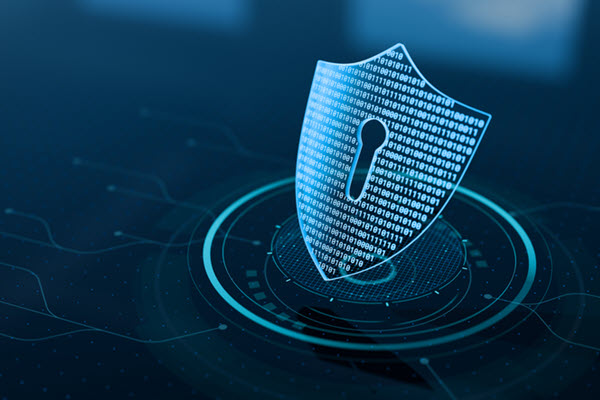In today’s digital world, cybercriminals are continuously finding new ways to steal sensitive information. One of the latest techniques is Quishing, or QR phishing. This scam involves using fraudulent QR codes to trick people into revealing personal information like passwords, financial details, or other private data. As QR codes become more common in our everyday lives, it’s important to be aware of this growing risk.
What is Quishing?
Quishing is a form of phishing where attackers use fake or compromised QR codes to trick people into visiting malicious websites, downloading harmful software, or providing sensitive information. When you scan these QR codes, which may seem innocent, you can unknowingly expose your device to cybercriminals. Because QR codes are easy to create and can be placed almost anywhere, this type of attack is becoming popular. Cybercriminals often use a sense of urgency or a legitimate opportunity to lure victims into scanning a malicious QR code. For example, you might encounter a QR code offering a discount, requesting immediate payment, or prompting you to claim a prize. Once scanned, the attacker can gain access to your personal information or install malware on your device.
What are some popular quishing attacks ?
Here are some common ways scammers use QR codes to carry out Quishing attacks:
- Phishing Emails with Embedded QR Codes: Cybercriminals may send emails that appear legitimate, including QR codes that lead to fake websites designed to steal your login credentials or other sensitive information.
- Social Media QR Code Posts: Hackers may create social media posts promoting offers, giveaways, or discounts, encouraging users to scan a QR code that leads to malicious websites.
- Printed Flyers with QR Codes: Fraudsters might distribute flyers in public spaces with fake QR codes offering free tickets, discounts, or exclusive access. When scanned, these QR codes can redirect you to harmful websites.
- Physical Objects with QR Codes: You may find QR codes on objects like product packaging, signs, or even public restrooms. Scanning these codes could compromise your device or data.
- Fake QR Stickers on Pay-to-Park Kiosks: Some scammers place fake QR codes over real ones at parking meters or kiosks. When you scan the code to pay, you might be redirected to a fake payment page that collects your financial information.
- Parking Tickets with Malicious QR Codes: Fraudsters may issue fake parking tickets with malicious QR codes that, when scanned, lead to phishing websites or malware downloads.
Why is this a problem?
The growing use of QR codes has made them a popular target for cybercriminals. QR codes are convenient because they allow people to quickly access websites, pay bills, and retrieve information. However, their simplicity also makes them vulnerable to exploitation. Scammers can easily replace legitimate QR codes with malicious ones or create fake codes that seem authentic. Since users cannot visually inspect a QR code to determine its destination, they are more likely to fall victim to Quishing attacks compared to traditional phishing methods.
Moreover, many people have become accustomed to scanning QR codes in their daily lives, which lowers their guard. This false sense of security makes Quishing attacks even more dangerous.
What can you do to protect yourself from Quishing?
To avoid becoming a victim of Quishing, it’s essential to take the following precautions:
- Be cautious before scanning QR codes: Always think twice before scanning any QR code, especially if it appears on unexpected objects, emails, or messages. If something seems suspicious or too good to be true, it’s better to avoid scanning the code.
- Verify the source: Ensure that the QR code is coming from a trusted and legitimate source. For example, if you receive a QR code in an email, confirm the sender’s identity before scanning.
- Use a QR scanner with security features: Some mobile devices and apps include security features that alert you if a QR code leads to a potentially dangerous site. Use such scanners to minimize your risk.
- Check URLs before entering personal information: After scanning a QR code, carefully review the website’s URL before providing any sensitive information. Look for signs of phishing, such as misspellings or unfamiliar domain names.
- Avoid public QR codes: Be especially wary of scanning QR codes found on public flyers, posters, or objects. Scammers can easily place fake QR codes in public spaces to trick unsuspecting individuals.
- Enable security software: Make sure your device has updated security software to help detect and block malicious links or downloads that may occur after scanning a QR code.
Conclusion
While QR codes are a convenient tool for accessing websites and services, they also open the door to potential cyberattacks. By staying vigilant, verifying the legitimacy of QR codes, and following best security practices, you can protect yourself from falling victim to Quishing and other QR code-based phishing attacks. Stay safe and informed to keep your personal information secure!

